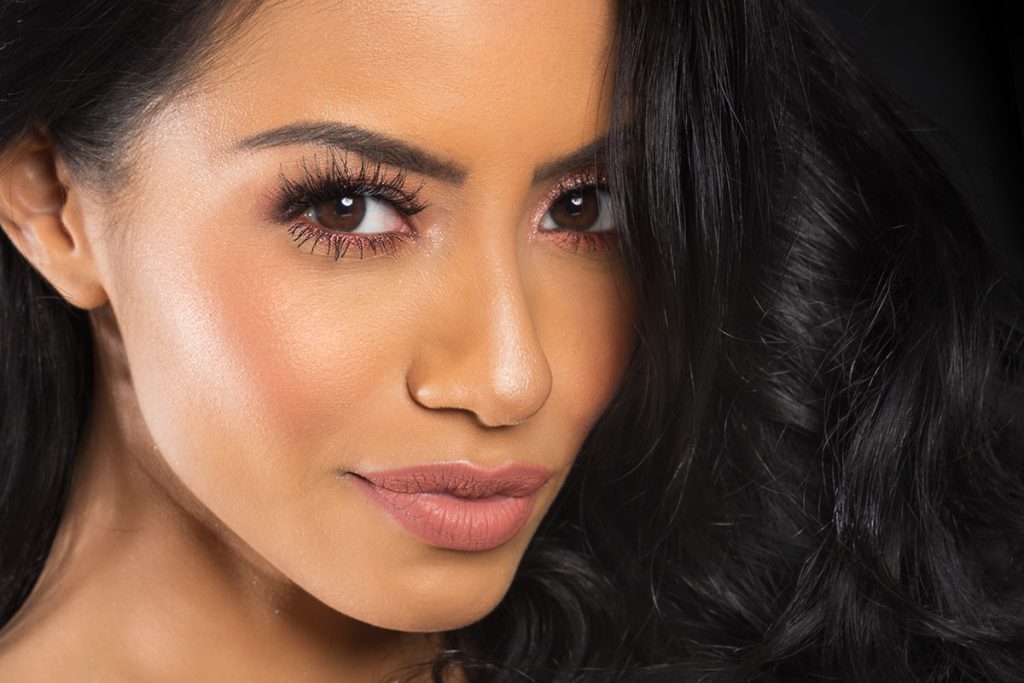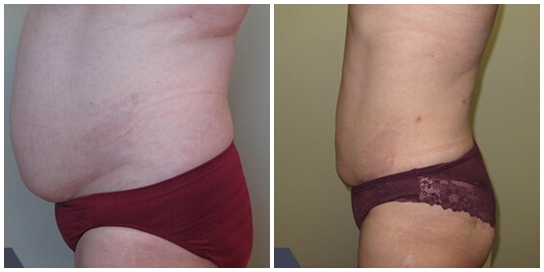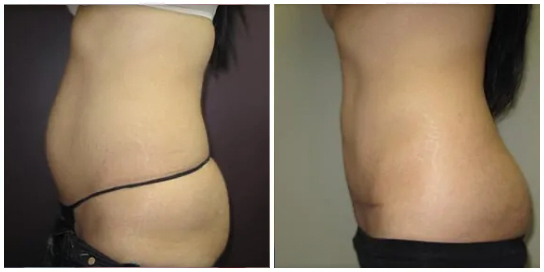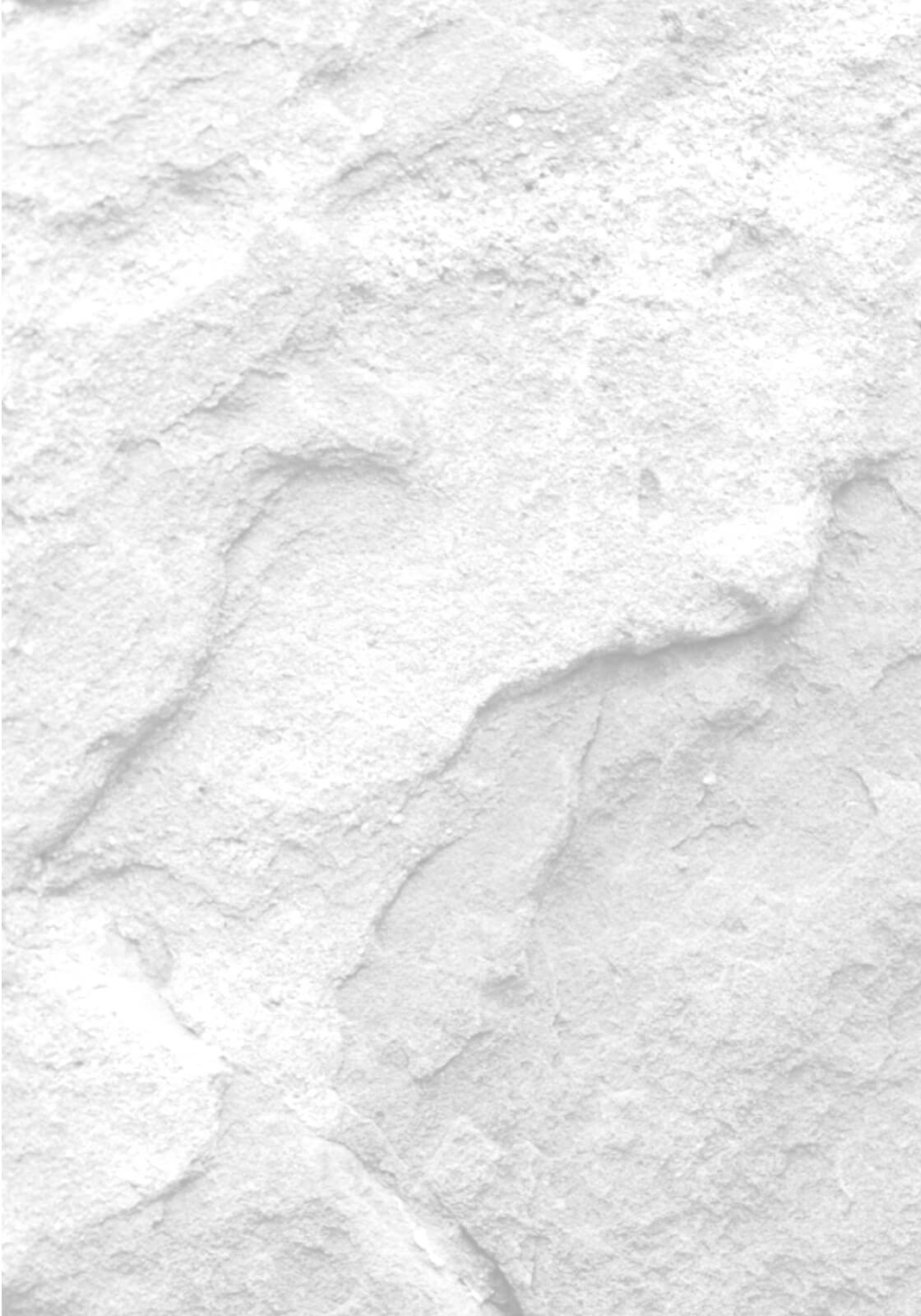Brow Lift
Conveniently located to serve the areas of Boulder, CO

A forehead lift, or brow lift, is commonly performed to reduce frown lines and to raise the upper eyelids. This results in a smoother, more youthful and rested appearance.
Contents
- 1 Who is a Good Candidate for a Forehead Lift?
- 2 How is the Procedure Performed?
- 3 Coronal Incision
- 4 Endoscopic Surgery
- 5 Options to Enhance the Procedure
- 6 Planning for Your Surgery
- 7 Preparing for Your Surgery
- 8 Where Your Surgery Will be Performed
- 9 Types of Anesthesia
- 10 After Your Surgery
- 11 Schedule your Appointment
Who is a Good Candidate for a Forehead Lift?
Candidates must be in good health, have no active diseases or serious, pre-existing medical conditions, and must have realistic expectations of the outcome of the surgery. Forehead lifts are most commonly used to reduce the appearance of aging in people 40-60 years old, but they can help people of any age who have developed furrows or frown lines from stress or muscle activity. The procedure can also give a more alert and refreshed look to people with inherited conditions, such as a low, heavy brow or furrowed lines above the nose.
NOTE: You may not be a candidate for surgery if you smoke, have recently quit smoking, or if you are exposed to second-hand smoke. Primary and secondary smoking decreases blood flow to the body’s tissues. This can result in prolonged wound healing, skin loss, infection, increased scarring, and a number of other complications depending on the kind of procedure performed.
How is the Procedure Performed?
The technique chosen by your surgeon will vary, depending on your facial features and your surgeon’s assessment of what will provide the best outcome for you. Coronal incision and endoscopic surgery are the two most common methods of forehead lift.
Coronal Incision
First, an incision is made behind the hairline, from ear to ear. Alternatively, the incision may be placed at the hairline, in order to avoid adding more height to the forehead of men with receding hairlines, or women with thinning hair. The skin of the forehead is then lifted away from the underlying muscles, and excess skin is removed. The incision is then closed with sutures (stitches), clips or staples.
Endoscopic Surgery
First, an incision is made and an endoscope is placed under the skin in order to get a clear view of the muscles and tissues under the skin. The surgeon then inserts another instrument through a separate incision, and lifts the forehead skin, removing or altering the muscles and underlying tissues. Sutures or a temporary fixation device is used to tack up the forehead skin. The skin heals in the new position and will remain there after fixation is removed. This procedure is frequently used with younger patients who are just beginning to have brow problems.
Options to Enhance the Procedure
Forehead lifts are frequently done in combination with other procedures such as a facelift or an eyelid lift (blepharoplasty). Your surgeon may also recommend injections filler, Sculptra, or BOTOX® to alleviate deep creases in your forehead or frown lines between your eyebrows.
Planning for Your Surgery
First, schedule a personal consultation with your plastic surgeon. Communication is vital in reaching your goals. You will have the opportunity to discuss your goals and the results you’d like to achieve. Your surgeon will work with you to reach an understanding about what you can expect from this procedure and what long-term benefits you will experience. Every patient is different, and your surgeon will choose the surgical technique and treatment plan that is right for you.
During your initial consultation
- Provide a complete medical history. Include information about any previous surgical procedures; past and present medical conditions; and all medications or herbal supplements you are taking.
- Expect your surgeon to examine your face, including the skin and underlying bone.
- Be prepared to discuss possible risks and complications of the procedure.
Preparing for Your Surgery
You will be given specific instructions on how to prepare for your surgery. A pre-operative information packet will be provided that explains everything you should do and know before your surgery date. Your surgeon will instruct you on how to prepare for surgery, including guidelines on eating and drinking, smoking, and which vitamins and medications should be taken or avoided. You should arrange for someone to drive you home after your surgery, whether your surgery is done on an outpatient or inpatient basis. You may also want to make arrangements for someone to help you out for a day or two after you leave the hospital.
Where Your Surgery Will be Performed
The majority of these procedures are completed on an out-patient basis. Dr. Roesner has surgical privileges at North Suburban Medical Center, Rose Medical Center as well as St. Anthony Hospital.
Types of Anesthesia
You’ll remain comfortable throughout the entire procedure. In most cases, general anesthetic is used so that you will sleep throughout the procedure; although local anesthesia with intravenous sedation is also an option for some patients.
After Your Surgery
It is very important that you follow your surgeon’s instructions. This will promote healing and improve progress towards your new physical appearance. Also, it is important that you attend all scheduled follow-up appointments so that your surgeon can assess your long-term results and answer any questions or concerns you may have.
Forehead Lift Post-Operative Instructions
- Have someone drive you home after surgery and help you at home for 1-2 days.
- Get plenty of rest.
- Plan on taking it easy for at least the first week.
- Follow balanced diet.
- Decreased activity may promote constipation, so you may want to add more raw fruit to your diet, and be sure to increase fluid intake.
- Take pain medication as prescribed. Do not take aspirin or any products containing aspirin until approved by your surgeon.
- Do not drink alcohol when taking pain medications.
- Even when not taking pain medications, no alcohol for 3 weeks as it causes fluid retention.
- If you are taking vitamins with iron, resume these as tolerated.
- Do not smoke, as smoking delays healing and increases the risk of complications.
Activities
- Start walking as soon as possible, this helps to reduce swelling and lowers the chance of blood clots.
- Do not drive until you are no longer taking any pain medications (narcotics).
- Back to work or school in 7-10 days, usually sooner for endoscopic patients.
- Limit vigorous physical activity for several weeks; i.e., heavy housework, sex, bending or any activity that increases your blood pressure.
- Full social activities can usually be resumed in 2 weeks.
Incision Care
- If a drainage tube(s) has been placed, you may shower 48 hours after removal.
- Avoid exposing scars to sun for at least 12 months.
- Limit exposure to heat or sun for several months.
- Always use a strong sunblock, if sun exposure is unavoidable (SPF 30 or greater).
- Keep steri-strips on.
- Keep incisions clean and inspect daily for signs of infection.
- Shower and shampoo in 2 days or as soon as bandage is removed. Gentle cleansing around sutures in hair line when shampooing.
- When using hair dryer, never set temperature on “hot”, as you may not have feeling in operated area.
- Hair bleach can be applied after complete healing, usually 3-4 weeks.
- Facial makeup can be applied to cover up bruising 3 days after surgery, but not on the incisions.
What To Expect
- May feel tired and let down at first.
- Temporary discomfort, tightness of skin, swelling, bruising, numbness and headaches.
- Full recovery from bruising in 2-3 weeks.
Classic Lift: - Keep your head elevated for 2-3 days after surgery to help keep the swelling down.
- Swelling may affect cheeks and eyes for a week or so.
- As nerves heal, itching may replace numbness on top of scalp — May last up to 6 months.
- Possible hair loss.
Endoscopic Lift: - Minimal postoperative pain.
- As nerves heal, itching may replace numbness on top of scalp, but there is less of an itching sensation with the endoscopic forehead lift.
Appearance
- Younger, more rested look.
- Final results realized in approximately 6 months.
- Visible signs of surgery should fade completely in approximately 3 weeks.
Classic Lift: - Normal growth of hair around incision usually resumes in a few weeks or months.
Follow-Up Care
- Classic Lift:
- Most stitches or clips are removed within 14 days, sometimes in 2 stages.
- If bandages were used, they will be removed in 1-2 days.Endoscopic Lift:
- Stitches or staples used to close the incisions are usually removed within a week
When To Call
- If you have increased swelling or bruising.
- If swelling and redness persist after a few days.
- If you have increased redness along the incision.
- If you have severe or increased pain not relieved by medication.
- If you have any side effects to medications; such as, rash, nausea, headache, vomiting.
- If you have an oral temperature over 100.4 degrees.
- If you have any yellowish or greenish drainage from the incisions or notice a foul odor.
- If you have bleeding from the incisions that is difficult to control with light pressure.
- If you have loss of feeling or motion.
Schedule your Appointment
And Meet Directly With Dr. Roesner to Discuss a Treatment plan to meet your Aesthetic and Skincare Goals.
Schedule AppointmentConsult fee is $100 – which will be applied to the cost of the procedure
(If scheduled within 90 days).





